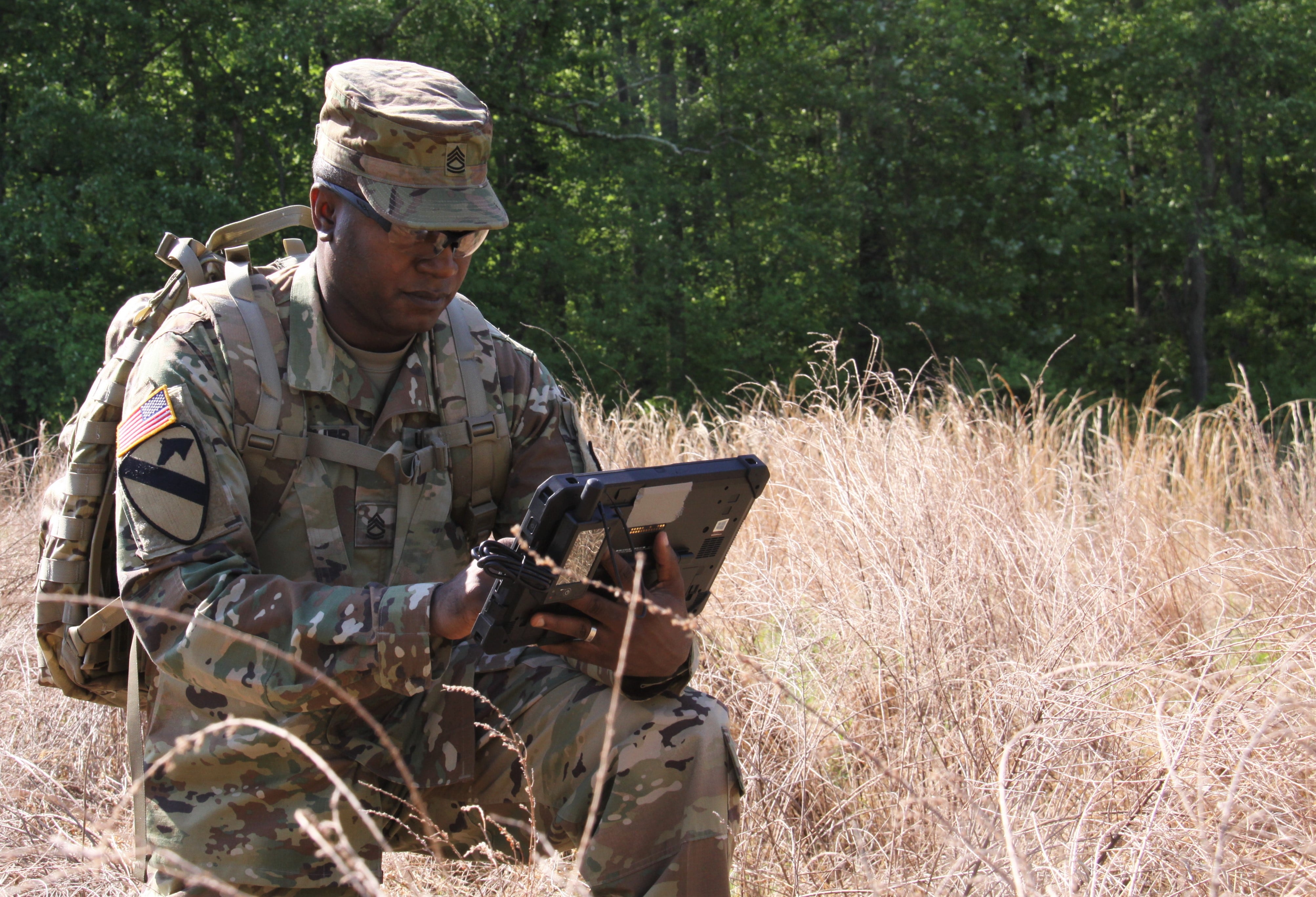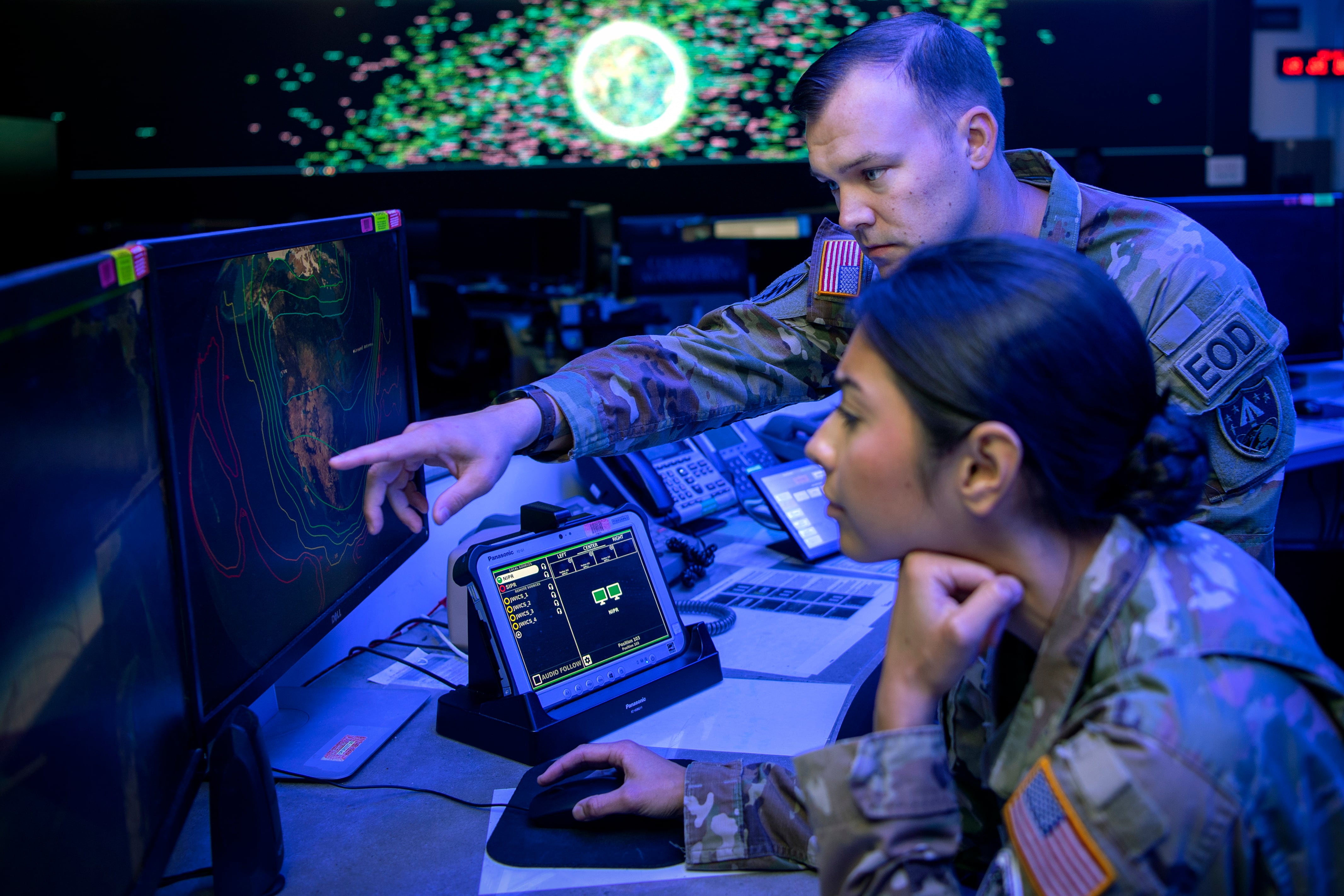The Army’s push in recent months to adopt cloud technologies is driven by a need to provide data to decision makers around the world.
Leaders who spoke Feb. 10 during the service’s cloud and data colloquium in McLean, Virginia, explained that the Pentagon’s National Defense Strategy is one of the leading forces toward modernizing its IT practices. This involves moving more applications to the cloud and developing a data strategy.
“We truly believe [data] is the ammunition of the future fight. You can argue that when you look at the National Defense Strategy it’s the currency that we’re going to need to fight and win in this era of great power competition,” said Lt. Gen. Bruce Crawford, the Army’s chief information officer.
One way to put that strategy into practice, Crawford said, is to work more closely with other services.
The Pentagon has created a new cross functional team for what’s known as Joint All Domain Command and Control (JADC2). That effort aims to encourage the services to develop systems that can communicate with each other and are interoperable.
RELATED

Crawford invited Air Force Deputy CIO Bill Marion to speak at the event and called him one of his closest teammates.
“When the Army’s ahead, I’m going to adopt it; if we’re ahead, they’re going to adopt it; if the Navy’s ahead, we’re both going to adopt it because we’ve got to get to scale of adoption and scale of execution to provide that next level of Joint All Domain Operations,” Marion said.
The eventual objective for Crawford, similarly, is to conduct these multidomain operations.
“This big idea [is] that we want to have near real time access, leveraging data … for any sensor, for any shooter and any command and control node,” he said.
Officials said that at first they are going move slowly, build foundations and then incrementally add technologies such as managed services.
“When we talk about consolidating our footprint, moving with cloud, enterprise common services, DevSecOps, we’re going to bite off the simple things first on the unclassified but very quickly there will be acceleration” to the classified and tactical edge, Paul Puckett, director of the Army’s Enterprise Cloud Management Office, said.
He added that too often, enterprise doesn’t help the war fighters at the edge, so in building out and modernizing the enterprise network and moving to the cloud, the CIO’s office is working with offices that more regularly work with soldiers on the battlefield such as Program Executive Office Command, Control, Communications-Tactical, the Network Cross Functional Team and Army Futures Command.
Crawford said during fiscal 2020 the Army will plan to use existing capabilities, which he described as partnerships with the Air Force, the Joint Enterprise Defense Infrastructure (JEDI) contract, as well as other infrastructure, common services and managed services.
Crawford also noted that the roughly $700 million the Army is using for its cloud efforts was identified through the service’s “night court,” effort, which sought to take a program by program review in order to cut funding for outdated programs and free up money for key modernization efforts.
Mark Pomerleau is a reporter for C4ISRNET, covering information warfare and cyberspace.








